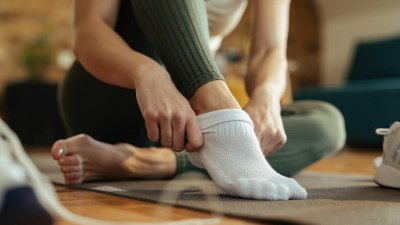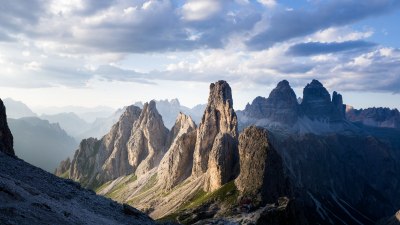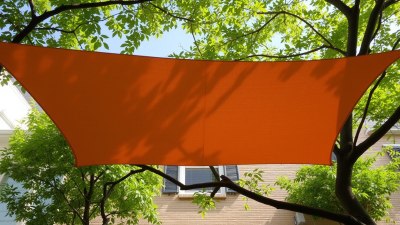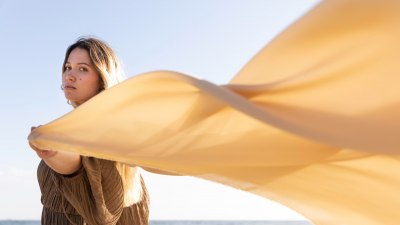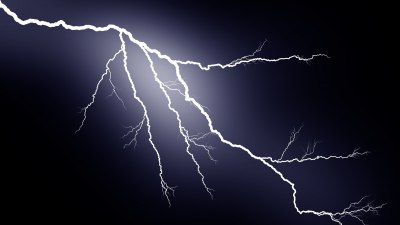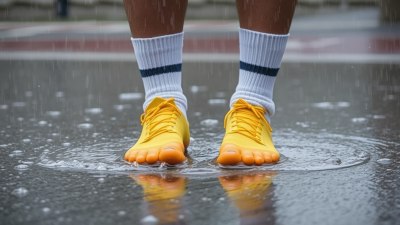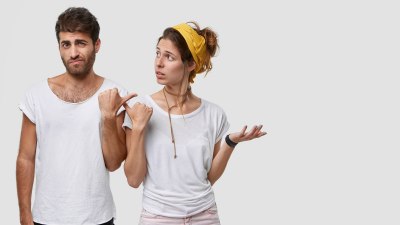Sunburn in the Snow? The Evil Trick of Winter UV Rays
Think you’re safe from sunburn in winter? Think again! Learn how snow, altitude, and UV rays work together to sneakily burn your skin—even on the coldest days.

This image was created with the assistance of DALL·E
Most people associate sunburn with summer beach trips, but winter can be just as dangerous—if not worse. Even on a freezing cold day, you can still end up with red, painful skin after spending time outdoors. But how does this happen?
The culprit? Winter UV rays. Just because it’s cold doesn’t mean the sun isn’t working overtime to damage your skin. In fact, snow and altitude make UV exposure even stronger in winter.
Why Snow Makes Sunburn Worse
Snow isn’t just a blanket of white—it's also a giant mirror. Unlike sand or grass, snow reflects up to 80% of UV radiation. That means when sunlight hits the ground, it bounces back up, exposing your skin to UV rays from two directions.
How this works:
- Direct UV rays: The sunlight coming straight from the sky.
- Reflected UV rays: The sunlight bouncing off the snow and hitting your skin from below.
This double exposure increases your risk of sunburn, especially on areas like your chin, nose, and under your jawline—places you wouldn’t normally think to protect.
Higher Altitude = Stronger UV Rays
If you’re skiing, snowboarding, or hiking in the mountains, you’re even more at risk for winter sunburn. Why? Because the higher you go, the thinner the atmosphere, and the less protection you have from UV rays.
For every 1,000 meters (3,280 feet) you climb in elevation, UV radiation increases by about 10-12%. That means at ski resorts in high-altitude locations, you’re getting significantly more sun exposure than you would at sea level.
Why You Don't Notice the Burn in Winter
One of the biggest dangers of winter sunburn is that you don’t feel it happening. Here’s why:
- Cold temperatures: The chill tricks your skin into feeling fine, even when UV rays are damaging it.
- No sweating: In summer, sweating reminds you that you're getting too much sun. In winter, you don’t sweat as much, so there's no warning signal.
- Weaker sunlight appearance: The sun may look less intense due to clouds, but UV rays still penetrate through.
By the time you notice redness, it’s often too late.
Who’s Most at Risk for Winter Sunburn?
Some people are more likely to get sunburned in the snow than others, including:
- Skiers and snowboarders: The combination of altitude and reflective snow makes winter sports a sunburn hotspot.
- Hikers and climbers: The higher you go, the stronger the UV rays.
- People with fair skin: Lighter skin burns more easily, even in winter.
- Those who skip sunscreen: Many people don’t apply sunscreen in winter, making them more vulnerable.
How to Protect Yourself from Winter UV Rays
Luckily, preventing winter sunburn is easy if you take the right precautions:
- Wear sunscreen: Use at least SPF 30 on all exposed skin, even on cloudy days.
- Reapply often: UV rays are strong at high altitudes, so reapply sunscreen every two hours.
- Protect your face: Use lip balm with SPF and wear a face mask or scarf.
- Wear sunglasses or goggles: UV rays can also harm your eyes, leading to a condition called "snow blindness."
- Cover up: Wearing a hat or helmet with a visor helps block some of the sun’s rays.
Winter sunburn is a sneaky, underestimated danger that can catch you off guard. With snow reflecting UV rays and higher altitudes making sun exposure stronger, it’s easy to get burned without realizing it. So whether you're hitting the slopes or just enjoying a winter walk, don’t forget your sunscreen—because the sun doesn’t take a winter break!
